CONTACTAbout UsCAREER OPPORTUNITIESADVERTISE WITH USPRIVACY POLICYPRIVACY PREFERENCESTERMS OF USELEGAL NOTICE
© 2025 Equal Entertainment LLC.
All Rights reserved
All Rights reserved
By continuing to use our site, you agree to our Privacy Policy and Terms of Use.
We need your help
Your support makes The Advocate's original LGBTQ+ reporting possible. Become a member today to help us continue this work.
Your support makes The Advocate's original LGBTQ+ reporting possible. Become a member today to help us continue this work.
The number of HIV-positive people receiving life-extending drugs in poor countries has jumped to 700,000 from 440,000 six months ago, United Nations agencies said on Wednesday, but warned much more needed to be done. The figure only amounted to 12% of the estimated 5.8 million adults needing antiretroviral therapy in developing and transitional countries, they said. Enormous barriers remained, including a $2 billion funding gap, to reaching a target of three million people by the end of 2005, according to the "Progress Report" on the U.N. initiative known as "Three by Five." About 38 million people worldwide, including 25 million in sub-Saharan Africa, are HIV-positive. Compiled by the World Health Organization and the Joint United Nations Programme on HIV/AIDS, which set the goal on World AIDS Day 2003, the report was being presented to the annual gathering of world and business leaders at the Swiss resort of Davos. "The progress in the second half of 2004 has been dramatic, reaching the December milestone of 700,000 people," which the report said had been the end-2004 target. Patients receive drugs through national programs; aid agencies; the private sector; the Global Fund to Fight AIDS, Tuberculosis and Malaria; the U.S. President's Emergency Plan for AIDS relief; the World Bank; and other partners. In Washington, U.S. global AIDS coordinator Randall Tobias told reporters that 155,000 people in the 15 countries targeted under the U.S. bilateral plan are getting the drugs. But the high cost of antiretroviral drugs, averaging at least $300 per person per year, remains a barrier, according to the U.N. agencies, which are seeking a price of $50 to $200 per person per year by the end of 2005. "The upward trend was driven especially by countries in sub-Saharan Africa, where the number of people receiving antiretroviral therapy doubled," the report said. Sub-Saharan Africa has 310,000 people on treatment, although overall coverage remains low at about 8% of people with AIDS. In East and South Asia, the number of people on treatment doubled to 100,000, with Thailand accounting for half. In Latin America and the Caribbean, access to antiretroviral therapy continued to improve, with 275,000 or an estimated two-thirds of all people in need under treatment. Brazil is leading the way by providing it for its entire population, the report said. Three countries--South Africa, India, and Nigeria--account for 41% of the overall "unmet need" of 5.1 million adults, according to the report. Many AIDS activists greeted the WHO and UNAIDS report with concern that better efforts weren't being made to get HIV-positive people in developing countries on antiretroviral therapy as quickly as possible. "It's not time to pop the champagne as long as continued support and action from world leaders is uncertain and 8,200 people continue to die each day," Sharonann Lynch of Health GAP said in a press release. "Neither the WHO or the Global Fund know whether they will receive adequate funding this year for desperately needed programs just as the any of 5.3 million people in need of treatment do not know whether they will be among the 50% the '3x5' campaign hopes will have access to life-saving treatment. Reaching the 3 million people by 2005 is possible but depends on the choices and priorities of international leaders. In 2005 donor countries must support debt cancellation for poor countries, major AIDS funding increases, increased numbers of health care workers in poor countries, and support for generic competition, in particular low cost medicines for second-line and pediatric treatment." (Reuters, with additional reporting by Advocate.com)
From our Sponsors
Most Popular
Bizarre Epstein files reference to Trump, Putin, and oral sex with ‘Bubba’ draws scrutiny in Congress
November 14 2025 4:08 PM
True
Jeffrey Epstein’s brother says the ‘Bubba’ mentioned in Trump oral sex email is not Bill Clinton
November 16 2025 9:15 AM
True
Watch Now: Pride Today
Latest Stories
Georgia law banning gender-affirming care for trans inmates struck down
December 05 2025 9:40 AM
Tucker Carlson and Milo Yiannopoulos spend two hours spewing homophobia and pseudo-science
December 04 2025 4:47 PM
'The Abandons' stars Gillian Anderson & Lena Headey want to make lesbian fans proud
December 04 2025 4:38 PM
Tig Notaro is working on a 'hot lesbian action' movie with Zack Snyder
December 04 2025 4:36 PM
Cis men love top surgery—it should be available for all
December 04 2025 4:35 PM
Denver LGBTQ+ youth center closed indefinitely after burglar steals nearly $10K
December 04 2025 12:57 PM
Trans pastor says she’s ‘surrounded by loving kindness’ after coming out to New York congregation
December 04 2025 11:13 AM
Lesbian educator wins $700K after she was allegedly called a ‘witch’ in an ‘LGBTQ coven’
December 04 2025 10:59 AM
Years before Stonewall, a cafeteria riot became a breakthrough for trans rights
December 04 2025 10:50 AM
Charlie Kirk’s widow set to join out CBS News chief Bari Weiss for televised town hall
December 04 2025 10:20 AM
Women's Institute to ban transgender women after U.K. Supreme Court ruling
December 03 2025 4:10 PM
Trending stories
Recommended Stories for You




















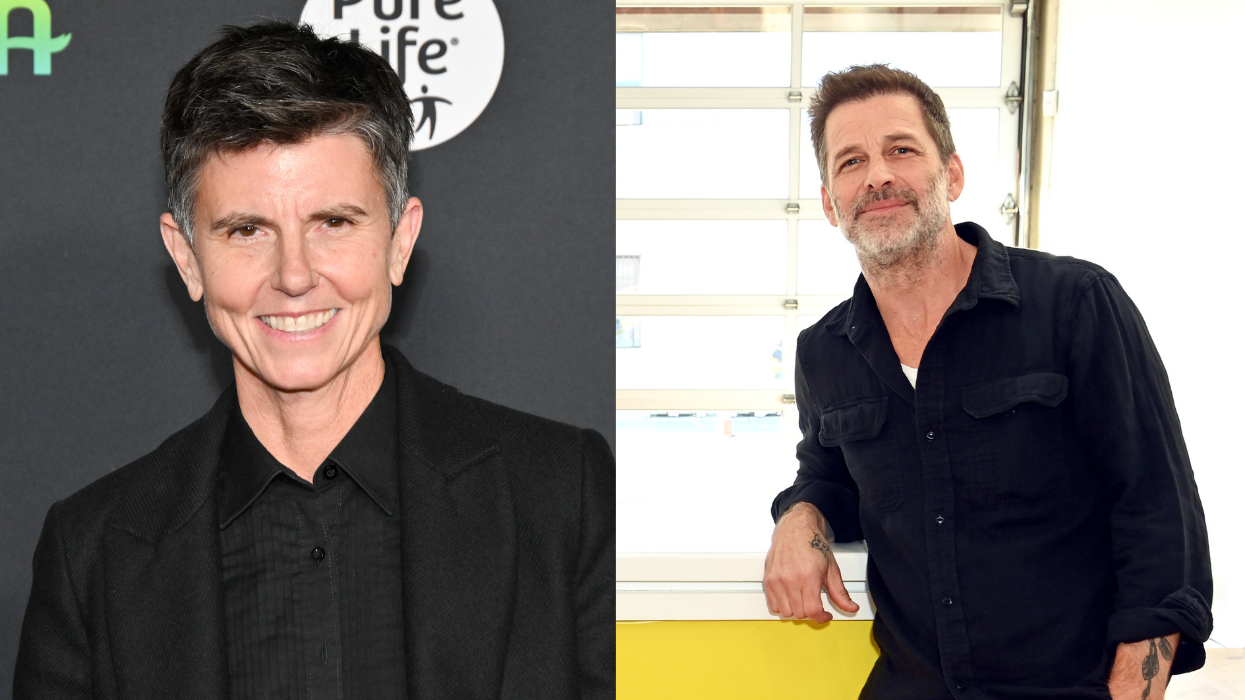
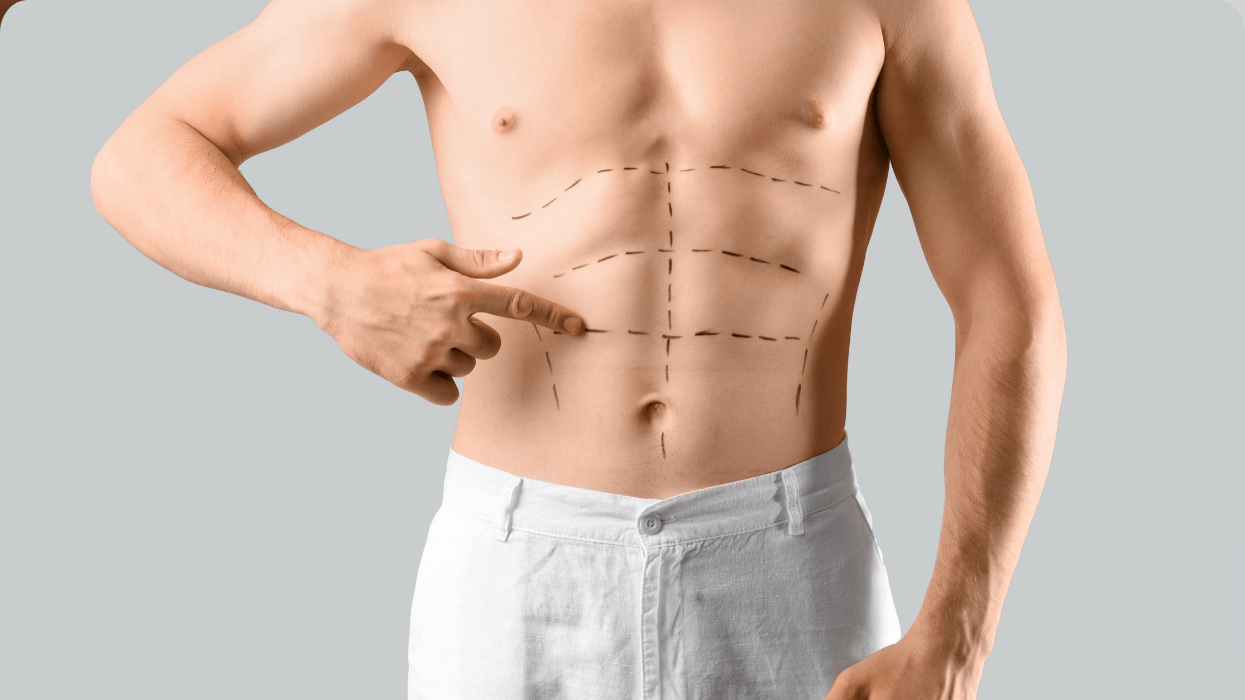

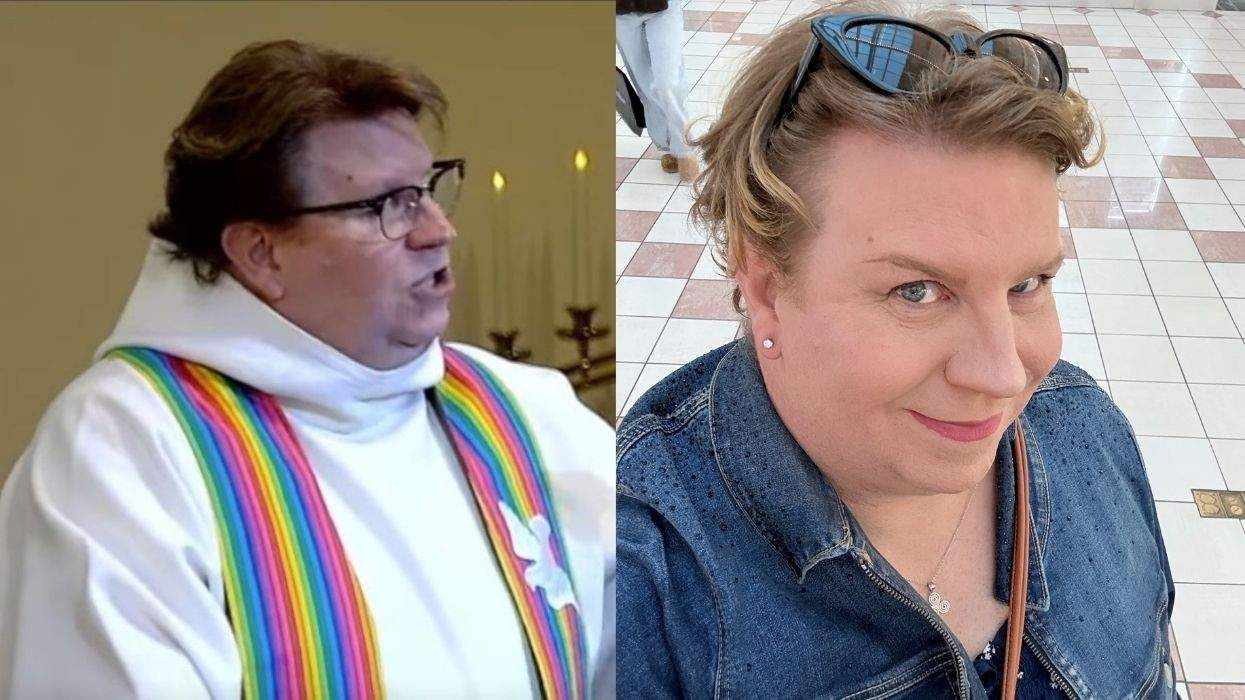

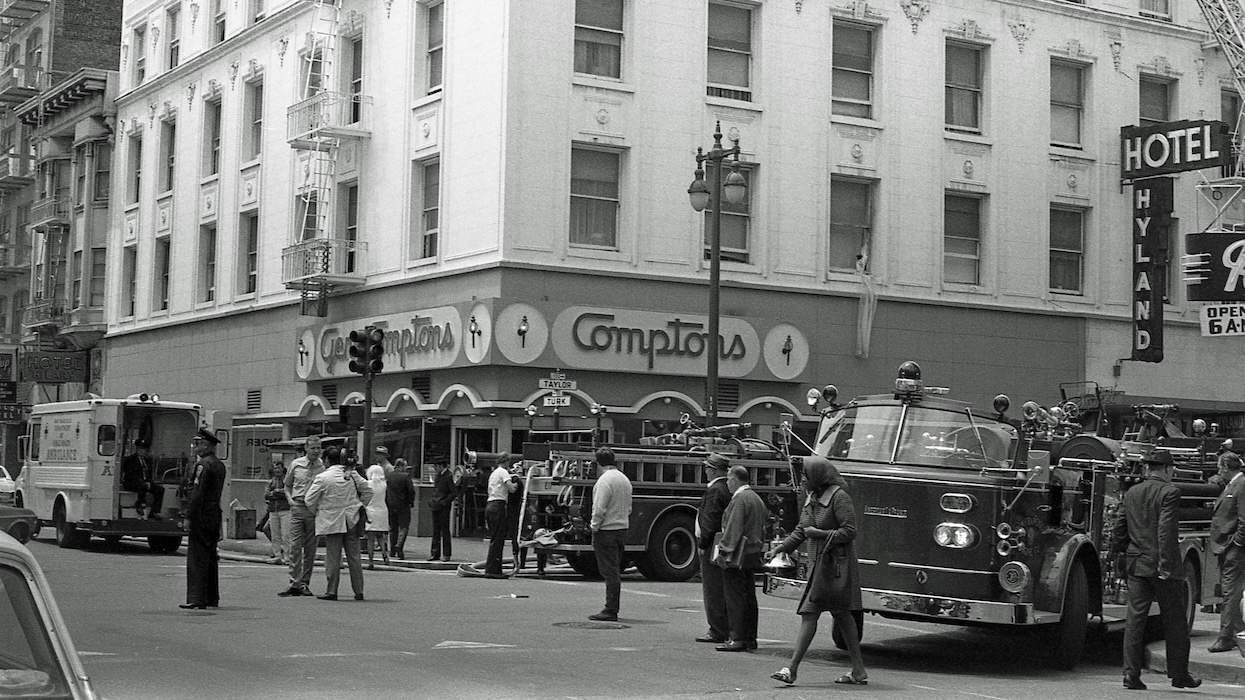

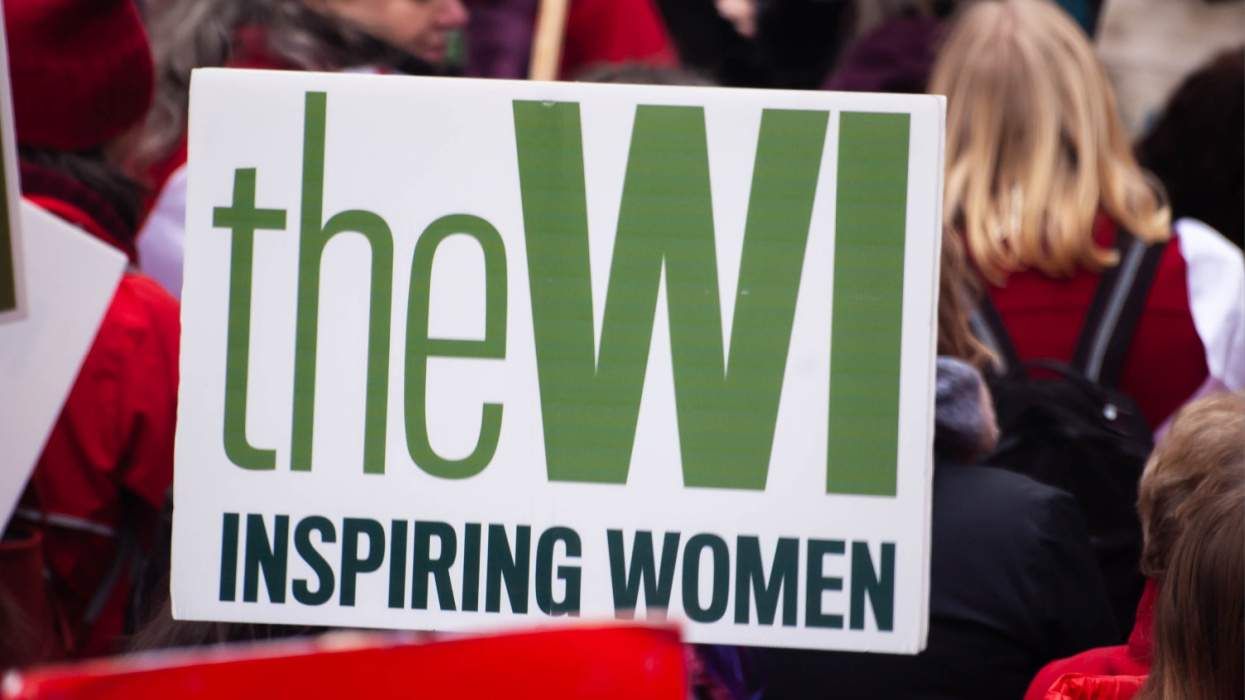








































Charlie Kirk DID say stoning gay people was the 'perfect law' — and these other heinous quotes